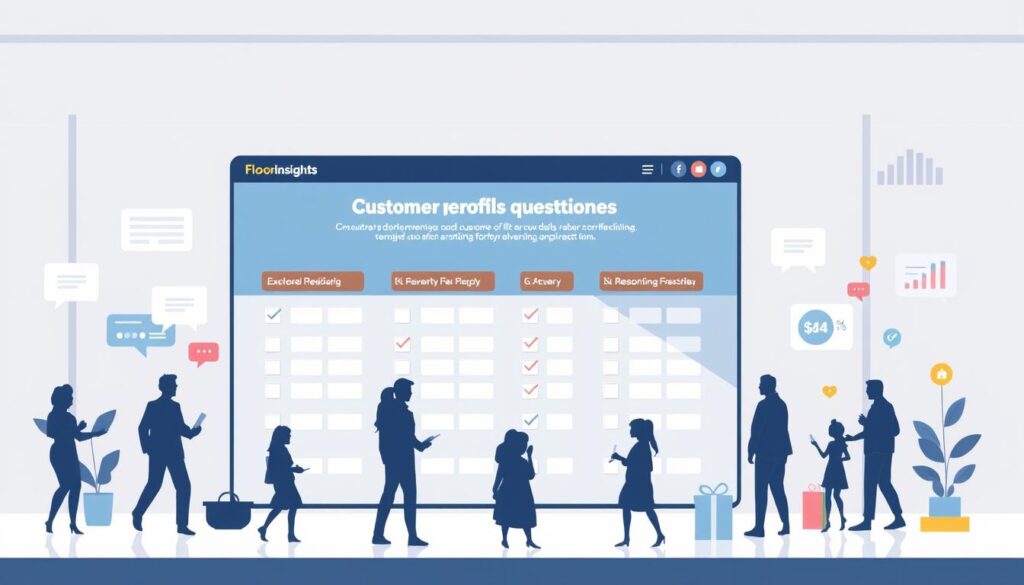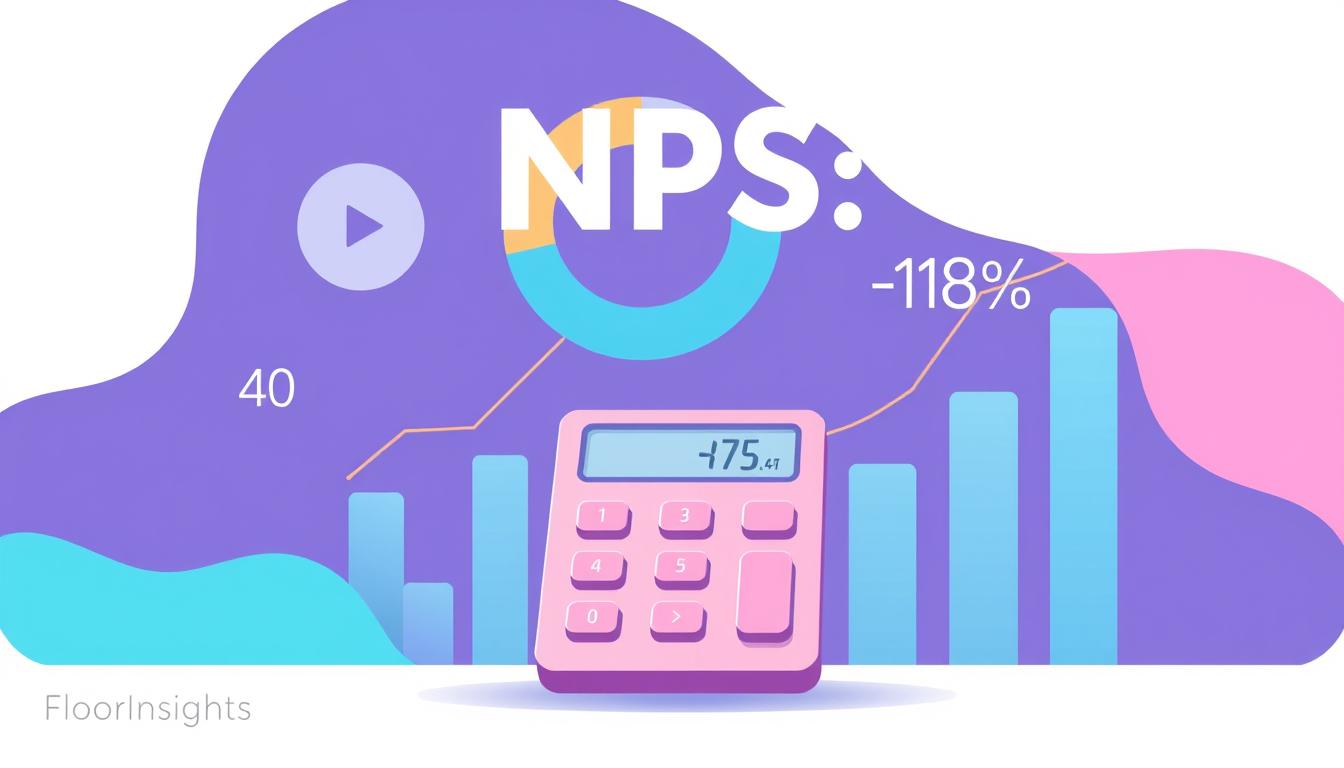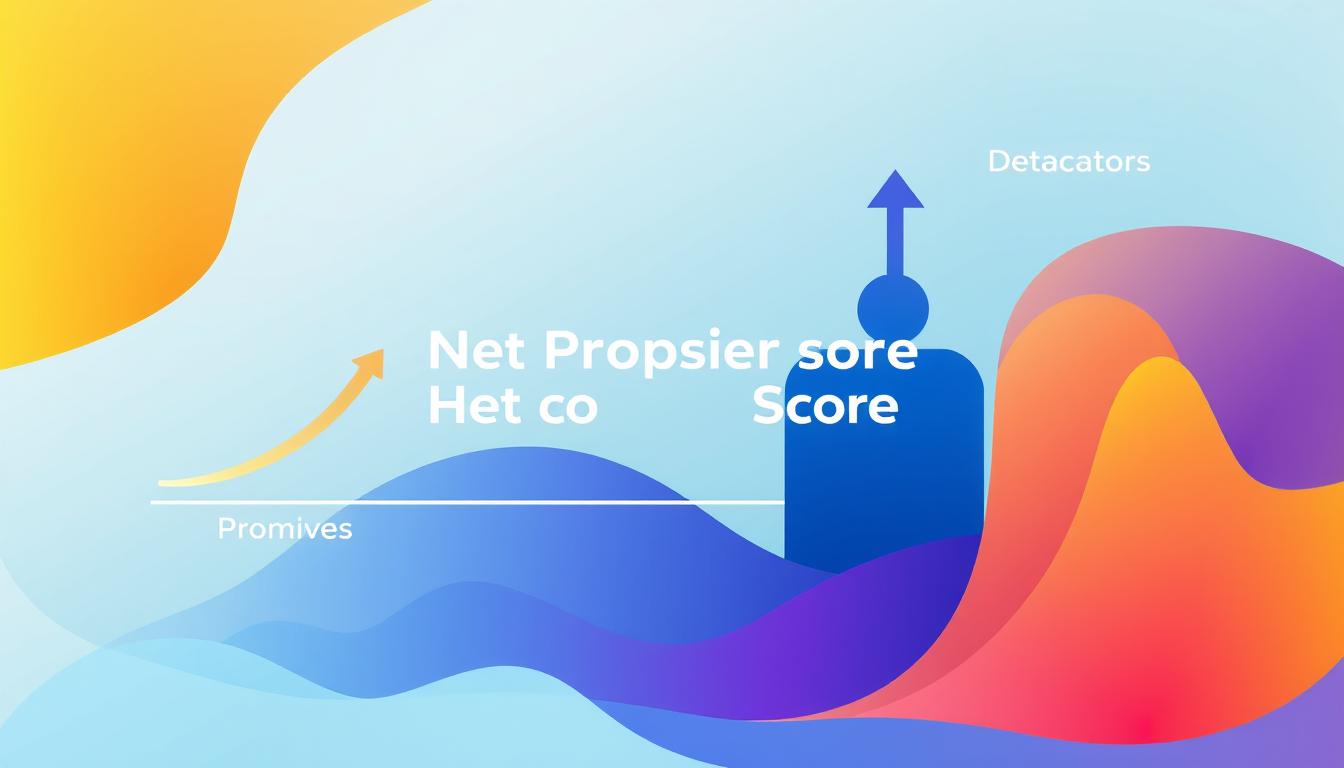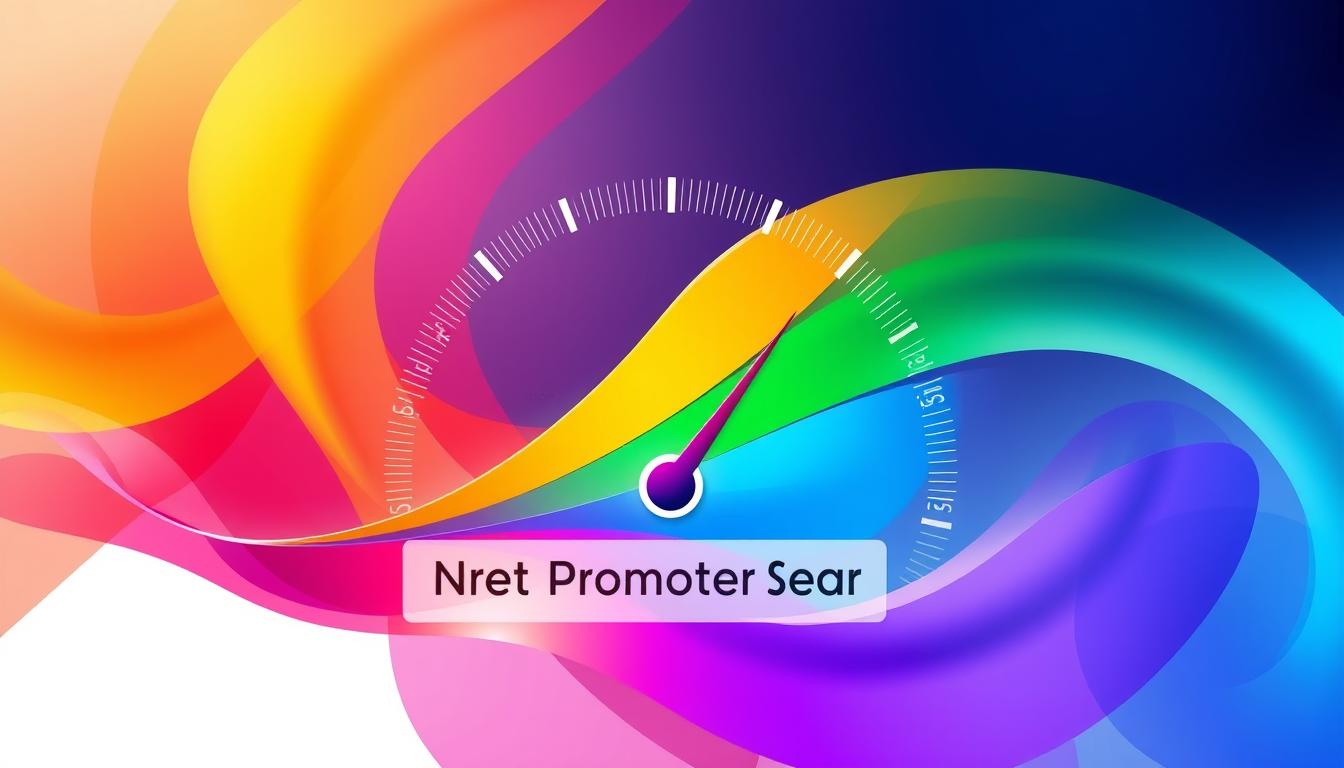In today’s competitive landscape, the ability to recover from crisis situations is paramount for any brand aiming to maintain customer trust and loyalty. In this case study, we will explore how a notable brand effectively leveraged the Net Promoter Score (NPS) to navigate through a significant crisis. By employing NPS as a cornerstone of their crisis management strategy, the brand not only managed to mitigate the immediate fallout but also set a strong foundation for long-term brand recovery. Our detailed analysis will illustrate the methodology employed and the outcomes achieved, showcasing the transformative power of NPS in rebuilding customer trust post-crisis.
Key Takeaways
- The role of Net Promoter Score in assessing customer sentiment during crises.
- Understanding the importance of timely, effective response to customer feedback.
- Strategies for rebuilding customer trust following a crisis.
- How a customer persona questionnaire can inform crisis management decisions.
- The impact of customer loyalty on brand recovery efforts.
The Importance of NPS in Crisis Management
In today’s fast-paced environment, understanding the NPS impact becomes critical, especially during a crisis. The Net Promoter Score serves as an effective means of gauging customer sentiment. It provides brands with immediate customer feedback, essential for navigating through turbulent times. Utilizing NPS enhances our grasp of crisis management importance, allowing us to respond swiftly and accurately to concerns.
The quick acquisition of customer insights through NPS channels prompts us to take necessary actions that can influence recovery. Engaging with customers actively showcases a brand’s commitment to improvement, contributing to a recovery strategy that aligns with their expectations.
Leveraging customer feedback during challenging moments offers a direct line of communication. Brands embracing the Net Promoter Score not only understand the present state of customer relations but also establish a groundwork for rebuilding trust post-crisis.
Understanding Net Promoter Score
The Net Promoter Score definition serves as a pivotal measure of customer loyalty and satisfaction. This metric categorizes customers based on their likelihood to recommend a brand or product to others. By understanding NPS, organizations can tap into valuable insights regarding customer sentiments, helping them refine products and optimize service experiences.
What is Net Promoter Score?
Net Promoter Score is a key metric for quantifying customer loyalty metrics. The score is derived from responses to a single-question survey, typically asking, “On a scale of 0-10, how likely are you to recommend our product/service to a friend or colleague?” Based on their responses, customers are classified into three groups:
- Promoters (scores 9-10): Highly satisfied customers who are likely to recommend your service.
- Passives (scores 7-8): Satisfied but unenthusiastic customers who are vulnerable to competitor offerings.
- Detractors (scores 0-6): Unhappy customers who may harm your brand through negative word-of-mouth.
The Calculation of NPS
The NPS calculation is straightforward and involves a simple formula:
NPS = Percentage of Promoters – Percentage of Detractors
This score can range from -100 to +100, providing a clear indication of overall customer loyalty and satisfaction. By regularly measuring customer satisfaction, companies can identify trends and areas needing improvement. An NPS closer to 100 indicates strong customer allegiance, while a negative score suggests significant issues that need addressing.
| Category | Score Range | Customer Description |
|---|---|---|
| Promoters | 9-10 | Highly engaged customers who support the brand. |
| Passives | 7-8 | Satisfied customers who may not actively promote the brand. |
| Detractors | 0-6 | Unhappy customers who can negatively influence others. |
By leveraging these insights, brands can make informed decisions to enhance their service offerings and improve customer experiences. Understanding and tracking the Net Promoter Score plays a crucial role in guiding organizations toward sustained customer satisfaction and loyalty.
Identifying the Crisis: A Brand’s Downfall
In our analysis of brand crisis identification, we see that numerous factors can lead to a brand’s downfall. A notable crisis can emerge due to a range of crisis triggers, including market shifts, negative media attention, or internal blunders. Each of these elements plays a critical role in shaping public perception and can exacerbate public relations challenges.
For example, consider a well-known beverage company that faced severe backlash after a controversial advertisement. The outcry from consumers highlighted how quickly brand loyalty can erode, emphasizing the importance of understanding crisis triggers in advance. External events like economic downturns or shifts in societal values may overlap with internal missteps. These converging factors can amplify the consumer response and lead to serious reputational damage.
In navigating such crises, it becomes essential for brands to conduct thorough assessments to ensure effective recovery strategies are in place. This approach helps to mitigate the fallout from public relations challenges while also fostering a deeper connection to consumer needs.
Customer Persona Questionnaire: A Key Tool for Recovery
Understanding our customers is vital, especially in times of crisis. A comprehensive customer persona questionnaire serves as a powerful instrument, allowing us to uncover the needs and emotions of our audience. By delving into audience research, we can create detailed profiles that aid in navigating challenging situations. Effective utilization of a customer segmentation survey enables brands to respond in a manner that resonates with their diverse customer base.
The Role of Customer Persona in Crisis Situations
In crisis contexts, the importance of customer personas amplifies significantly. They help us identify the varying perspectives and sentiments among our audience, ensuring that communications are tailored and effective. This understanding aids in formulating strategies that not only address concerns but also re-establish trust.
Effective Questions for Customer Segmentation
To gain deeper insights through our customer persona questionnaire, we can implement the following buyer persona survey questions:
- What motivates you to choose our brand over competitors?
- How do you prefer to receive updates about our products or services?
- What challenges do you face when using our products or services?
- What features do you value the most in our offerings?
- How likely are you to recommend our brand to a friend or colleague?
These questions serve as a foundation for our customer segmentation survey, enabling us to categorize our audience based on distinct traits and preferences, tailoring our crisis response effectively.

| Question Type | Purpose | Expected Outcome |
|---|---|---|
| Motivation | Identify what drives customer loyalty | Enhance value propositions |
| Communication Preference | Discover preferred contact methods | Improve customer engagement |
| Challenges | Recognize barriers faced by customers | Tailor support and solutions |
| Feature Value | Understand key product features | Focus on high-impact improvements |
| Recommendation Likelihood | Gauge customer satisfaction | Refine marketing strategies |
This approach enhances customer relationships and supports our recovery strategy during crises, ensuring we remain aligned with customer expectations and satisfaction.
Implementing NPS to Gauge Customer Sentiment
Setting up an effective NPS survey fosters accurate customer sentiment measurement. This process includes choosing the right distribution method and timing to maximize response rates. By gathering customer feedback during crucial moments, we can ensure the insights gained are relevant and timely.
Setting Up the NPS Survey
For an effective NPS survey setup, we must first identify the target audience. We can utilize various distribution channels, such as email, in-app prompts, or SMS. Timing plays a critical role; capturing responses soon after a customer interaction increases the chances of receiving valuable insights. Best practices include:
- Selecting a concise set of questions focused on customer experience.
- Offering an easy method for customers to provide additional comments.
- Choosing optimal times for survey distribution, such as after a purchase or service interaction.
Interpreting NPS Results for Actionable Insights
The real power of NPS lies in deriving actionable insights from NPS results. Once we collect the data, categorizing responses into promoters, passives, and detractors helps us understand overall customer sentiment. Interpretation involves assessing:
- Trends over time, enabling us to see improvements or declines in customer satisfaction.
- Comments provided by respondents to pinpoint specific experiences and pain points.
By leveraging these actionable insights from NPS, we can make informed strategic decisions that actively engage customers and drive recovery post-crisis.
Customer Churn Analysis: Understanding the Impact
Understanding customer churn analysis is vital for brands that face crises. The impact of churn can severely affect a company’s financial health and overall reputation. When customers leave, it is crucial to assess the reasons behind their departure. Effective churn surveys provide invaluable insights into customer sentiment, allowing us to determine what factors contribute to dissatisfaction.
We can utilize a churn survey template to gather feedback systematically. This structured approach enables us to ask targeted questions, helping us identify specific areas that need improvement. Implementing such customer retention strategies following the analysis allows us to address the root causes of churn effectively.
Below is a comparative table illustrating various metrics to monitor when performing a customer churn analysis:
| Metric | Description | Importance in Churn Analysis |
|---|---|---|
| Churn Rate | The percentage of customers who stop using a service during a specific timeframe. | Helps quantify the impact of churn. |
| Customer Lifetime Value (CLV) | The total revenue expected from a customer over their lifespan. | Indicates the financial impact of losing customers. |
| Net Promoter Score (NPS) | Measures customer loyalty based on their likelihood to recommend a brand. | Highlights customer sentiment and predictors of churn. |
| Retention Rate | The percentage of customers who continue their relationship with a brand. | Assesses the effectiveness of customer retention strategies. |
Through diligent customer churn analysis, we gain a clear understanding of the impact of churn on our business. This understanding enables us to develop targeted strategies to mitigate future risks and enhance customer loyalty.
Strategies for Rebuilding Trust Post-Crisis
Rebuilding trust after a crisis is essential for any brand to regain its footing in the market. We can implement effective strategies that involve understanding our customers’ needs and integrating their perspectives into our recovery plans. Utilizing customer retention surveys facilitates this understanding, and focusing on the customer feedback importance plays a key role in our trust recovery strategies.
Leveraging Customer Retention Surveys
Customer retention surveys provide invaluable insights into the sentiments and preferences of our audience. By proactively seeking out feedback, we can identify pain points and address them directly. This approach not only helps in understanding customer needs but also demonstrates our commitment to improving their experience. The data gleaned from these surveys can guide our strategies for enhancing services and products, showcasing our dedication to customer satisfaction.
Importance of Listening to Customer Feedback
Listening to customer feedback is crucial in rebuilding trust. Implementing a system for responding to feedback promptly shows that we value what our customers have to say. Transparency in communication fosters credibility and reassurance. Regularly updating customers about the measures taken from their feedback creates an environment of open dialogue. By emphasizing customer feedback importance, we reinforce our commitment to their needs, which ultimately strengthens our brand integrity.
| Strategy | Description | Outcome |
|---|---|---|
| Customer Retention Surveys | Collect data on customer satisfaction and expectations. | Identifies areas for improvement and enhances service quality. |
| Listening to Feedback | Responding to customer opinions and suggestions. | Builds trust and fosters loyalty among customers. |
| Transparent Communication | Informing customers about changes made based on their feedback. | Reinforces credibility and encourages engagement. |
Competitive Analysis: Standing Out in a Crowded Market
In the realm of crisis management, conducting a thorough competitive analysis is a crucial step for brands striving to regain their foothold. By evaluating our competitors, we gain insights into their strengths and weaknesses, allowing us to craft effective brand differentiation strategies that resonate with our target audience. This market competition analysis not only helps us understand prevailing industry trends but also highlights opportunities where our brand can uniquely position itself.
We can leverage various tools and methodologies to assess our competitors effectively. These may include SWOT analysis, benchmarking against key performance indicators, and customer feedback evaluations. By aggregating this data, we can identify gaps in the market and tailor our messaging to emphasize our unique selling propositions, further reinforcing our brand identity and appeal.
Ultimately, a comprehensive competitive analysis enables us to reposition our brand strategically, facilitating a successful recovery in post-crisis scenarios. With the right brand differentiation strategies in place, we not only work to regain our market share but also foster deeper connections with our customers, ensuring we stand out in an ever-crowded marketplace.
FAQ
What is Net Promoter Score and how does it benefit brands during a crisis?
Net Promoter Score (NPS) is a metric that helps us gauge customer loyalty and sentiment. During a crisis, leveraging NPS allows us to quickly understand customer opinions, enabling effective decision-making and rebuilding trust in our brand.
How can a customer persona questionnaire aid in our recovery strategies?
A customer persona questionnaire helps us identify and understand the needs, preferences, and feelings of our audience during a crisis. This insight allows us to tailor our messaging and responses to better resonate with specific customer segments.
What effective questions should we include in our customer segmentation survey?
Effective questions for a customer segmentation survey may include inquiries about demographic information, purchasing behaviors, pain points, and customer motivations. These questions will provide us with valuable insights to enhance our target audience understanding.
How should we set up our NPS survey for optimal results?
We should consider the method of distribution (e.g., email, website pop-up) and timing (post-purchase or after customer support interactions) to ensure our NPS survey reaches customers when their experiences are fresh, maximizing response rates.
What should we do with the insights we gain from our NPS results?
After interpreting our NPS results, we should use the insights to inform strategic decisions regarding customer engagement and service improvements. These actions reinforce our commitment to listening to our customers and enhancing their experiences.
Why is customer churn analysis important for our business?
Understanding customer churn helps us identify the reasons behind customer departures, assess the financial implications, and develop targeted retention strategies to reduce churn rates. This is essential for sustaining our brand’s success post-crisis.
What role do customer retention surveys play in rebuilding trust?
Customer retention surveys allow us to gather feedback on customer experiences and expectations, enabling us to address concerns transparently and promptly. This proactive approach fosters trust and strengthens customer relationships after a crisis.
How can we conduct a competitive analysis effectively?
We can conduct a competitive analysis by assessing our competitors’ strengths and weaknesses, market positioning, and customer engagement strategies. Utilizing tools such as SWOT analysis will help us identify opportunities for differentiation and improvement.
What strategies should we employ to stand out in a crowded market?
To differentiate ourselves, we should focus on highlighting our unique selling propositions, delivering exceptional customer service, and tailoring our marketing approaches to align with customer expectations and feedback gathered from our surveys and analysis.






